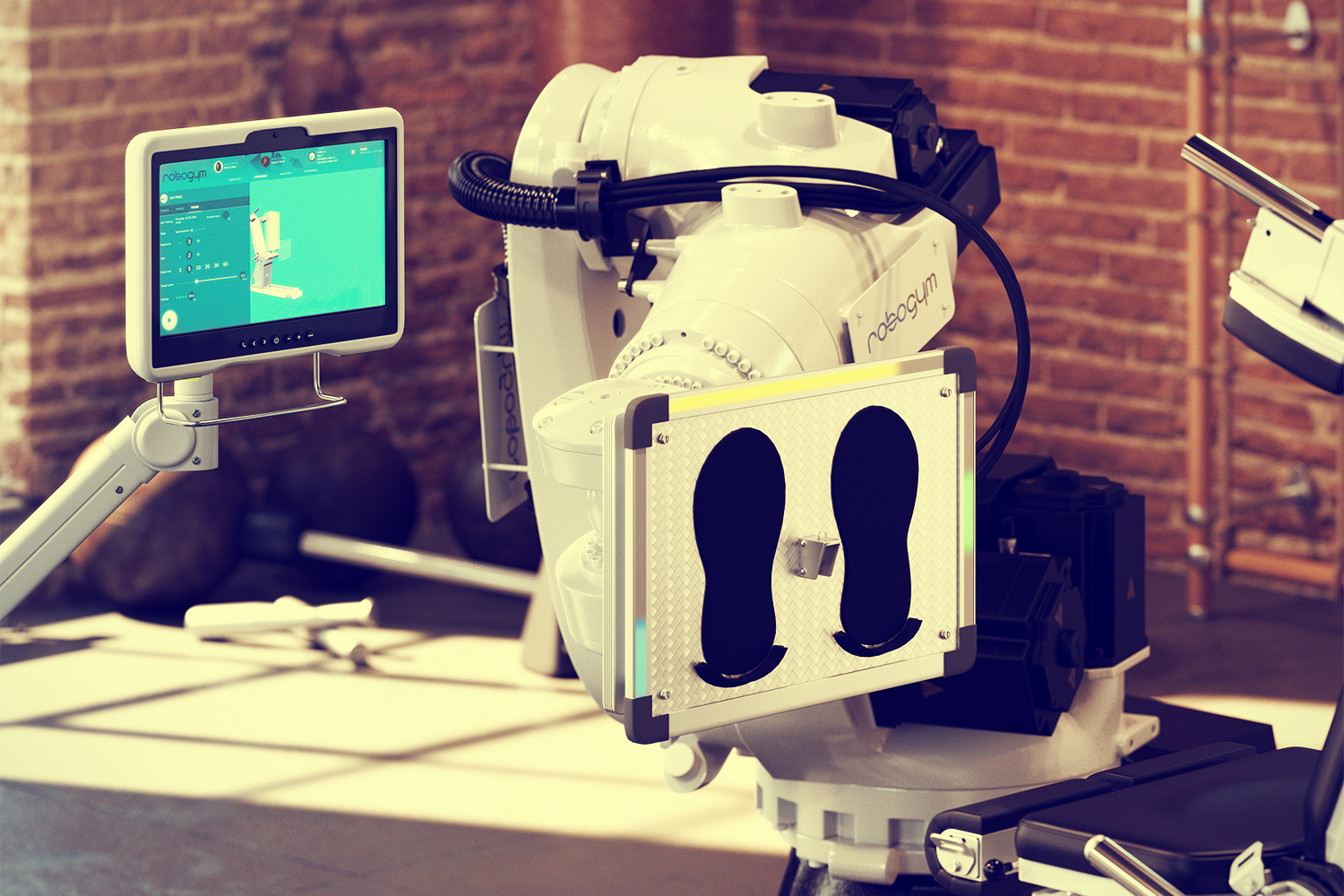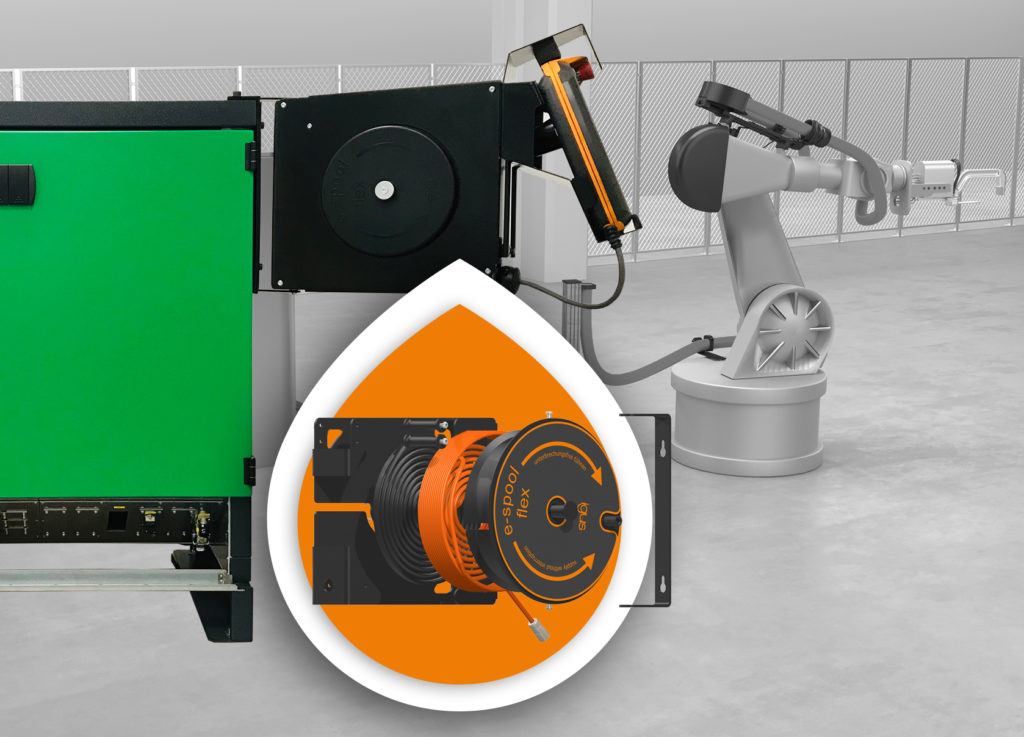New slip ring-free igus cable unwinder allows easy cable management
February 9, 2021 – igus has developed the e-spool® flex 2.0, a new cable reel that has no slip ring that is perfect for industrial robot users. This allows for easy management of robot teach pendants and the system even supplies bus signals without interruptions, which can be typical with slip rings.
The solution can extend cables up to 50 feet and is flexible, movable, and easily stowed. Installation into a robot’s control center is simple with the included mounting hardware.
The new e-spool flex captured the attention of ARAGON in Germany, as it offers a complete solution including a standard harnessed cable with connectors and mounting hardware for the company’s industrial robots.
Cable drum without a slip ring
The e-spool® flex 2.0 is igus’ version of a cable drum without a slip ring. The cable is safely routed through a feed-through to ensure that it is always properly wound. Cable diameters of 5-15 millimeters can be used.
The unit can be installed on the floor, ceiling, or wall and safely guides media power, data, or air in one system. The space-saving design includes a locking mechanism on the cable, and is adaptable to technological developments by simply replacing the used cable. The design is also cost-effective in case of repair as it allows for the replacement of individual components.
Other features on the product include a snail mechanism that allows for uninterrupted cable connection and easy insertion of existing cable even when connectors are already attached. The system also has high-transmission reliability and various winding variants.
The e-spool® flex 2.0 can be used whenever a cable must be moved freely during use and must be stowed away safely and cleanly after use.
Successful robot rehabilitation
ARAGON Industrieelektronik GmbH’s successfully proved the effectiveness of the e-spool® flex 2.0. The business’ primary objective is to breathe new life into old robots. The leading industrial robotics provider offers global solutions for repairing, maintaining, retrofitting, and tuning industrial robots. The company was looking for a practical cable solution specifically for use in control panels.
“We are always trying to ensure our customers’ safety with innovative solutions. Until now, the cable was always on the floor, which made it easy to damage or trip over. We went looking for a cable reel that had no interruptions and was quick and easy to retrofit,” said Iryna Geike, Global Country Manager at ARAGON.
The company found what it was looking for in igus. “The new e-spool® flex cable reel system was introduced to us and won us over immediately,” Geike said.
A critical advantage for the company was the ability of the e-spool® flex 2.0 to allow existing panel cables to be inserted into the system’s spiral guide and automatically rolled up. “Our customers now receive a pre-assembled set consisting of the e-spool flex, ARAGON panel mount, cable, and a robot control cabinet mounting bracket for their control panels. The e-spool flex greatly extends the service life of the cable used and ensures more safety and order in the control panel,” Geike said.
Rolling and unrolling cables: manually or automatically
igus offers the e-spool® flex in several variants. One is a low-cost version with a manual turner or a cordless screwdriver to wind up the cable. Another is an automatic solution with a spring-driven return mechanism, a locking mechanism, and an optional retraction brake.
ARAGON decided on the variant with the retaining spring. The cable roller is available in three sizes for cables with diameters of 5 to 15 millimeters and extension lengths of 5 to 15 meters.
Cables can be replaced quickly at any time. In addition to subsequent integration of the e-spool® flex into an existing cable system, igus offers the cable reel solution fully harnessed with chainflex cables specifically designed for moving applications. Cable durability in the e-spool® flex is currently being extensively tested in the in-house 3,800 square meter igus test laboratory. For more information on the e-spool flex 2.0 visit the igus website.
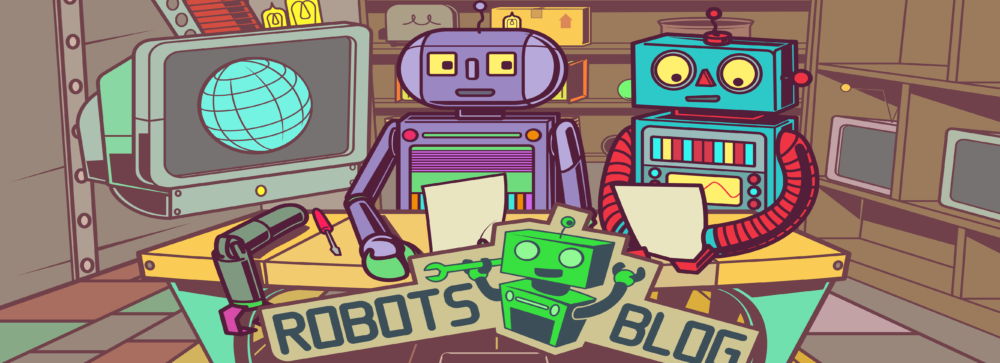

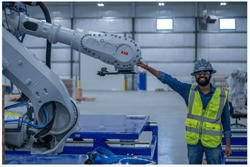
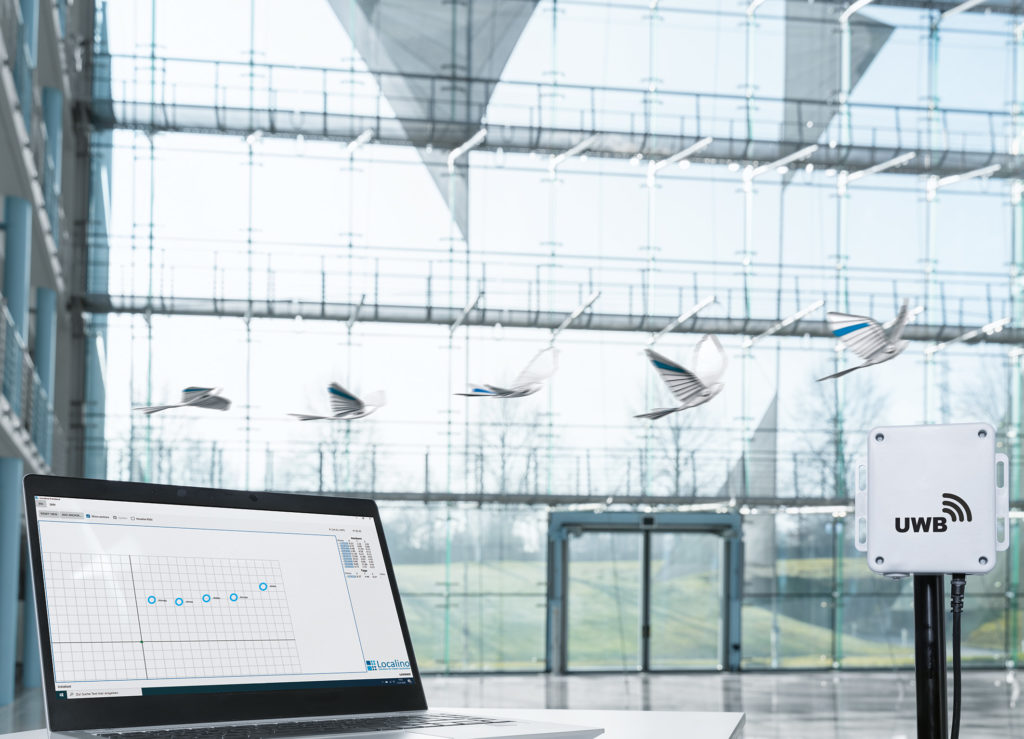
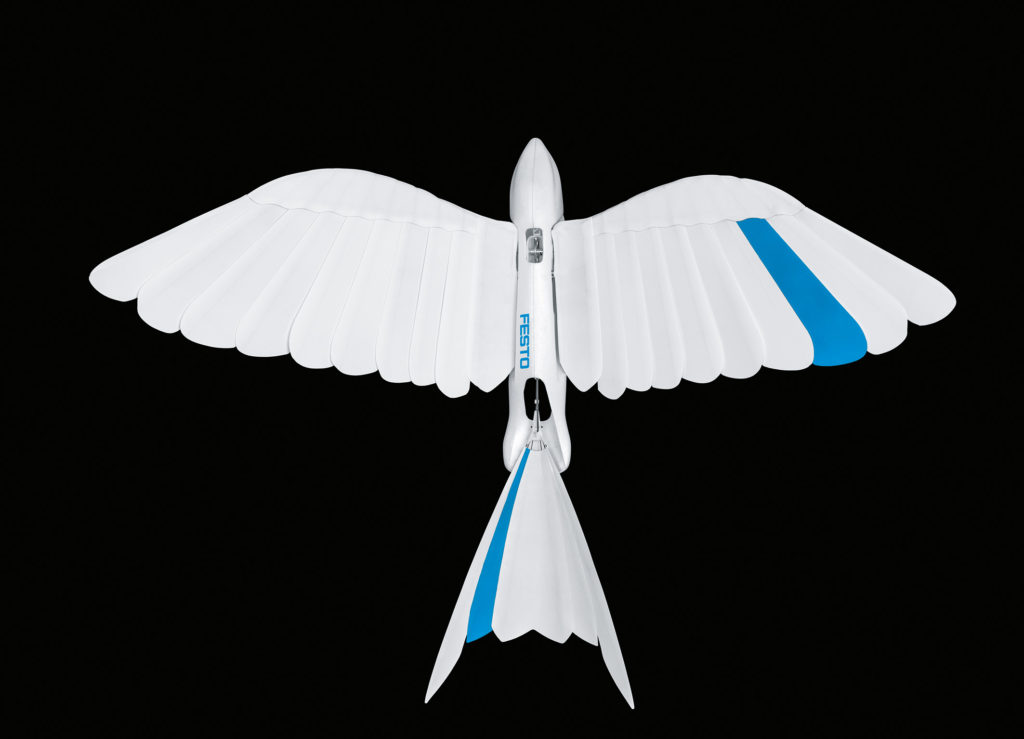
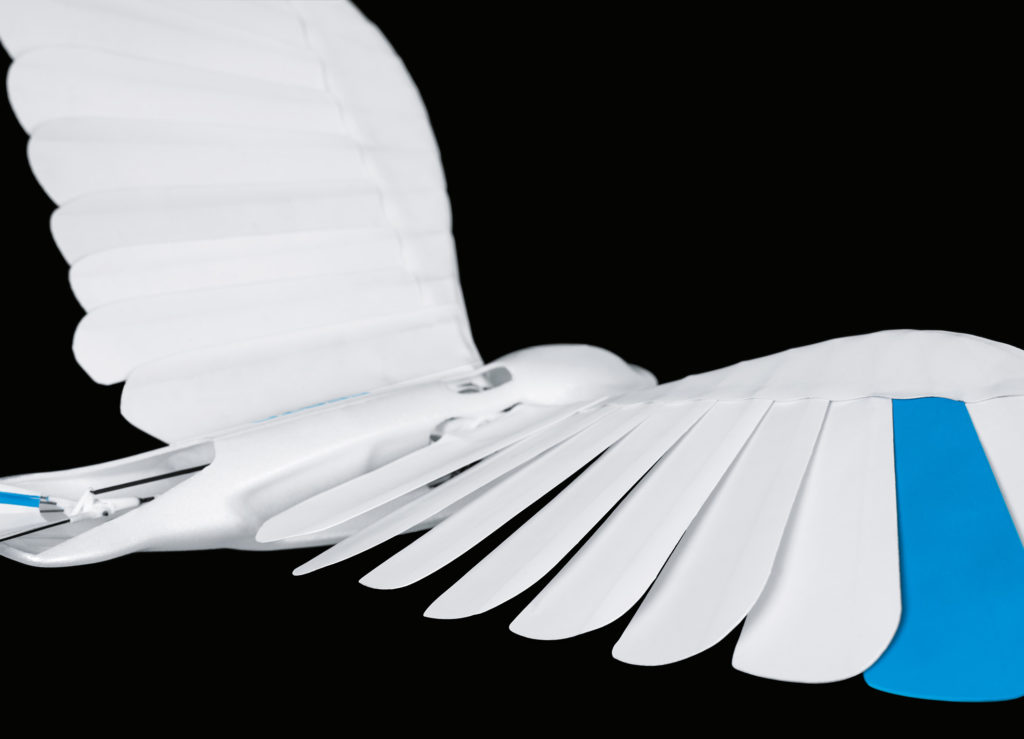

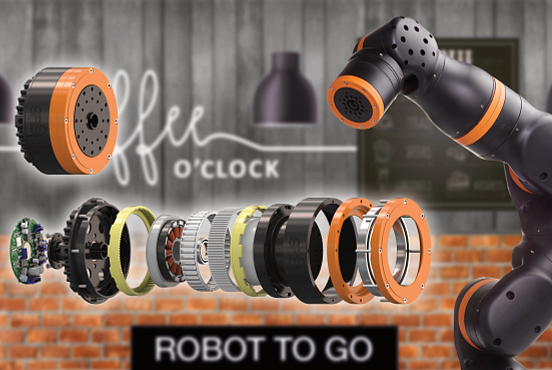

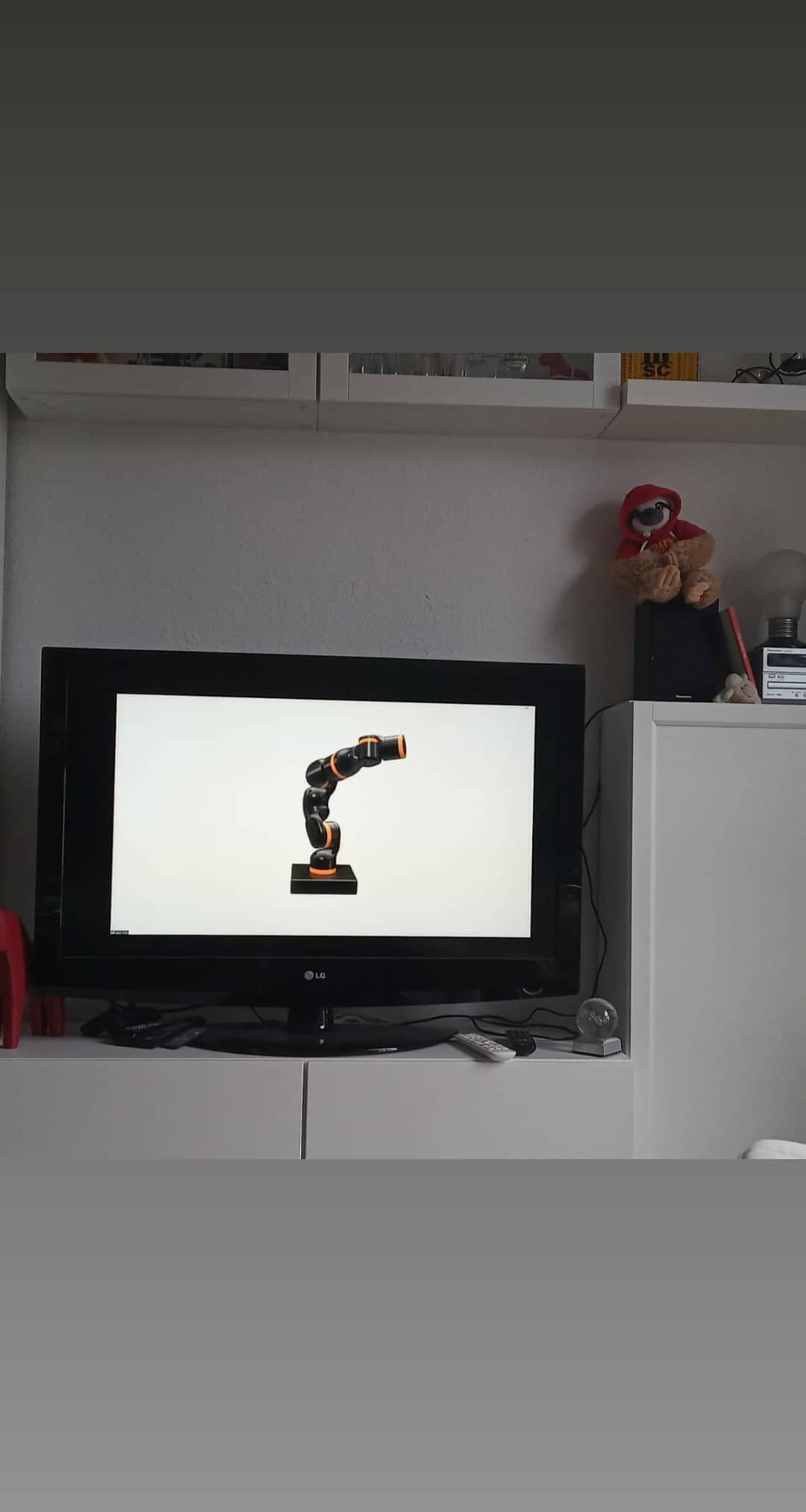
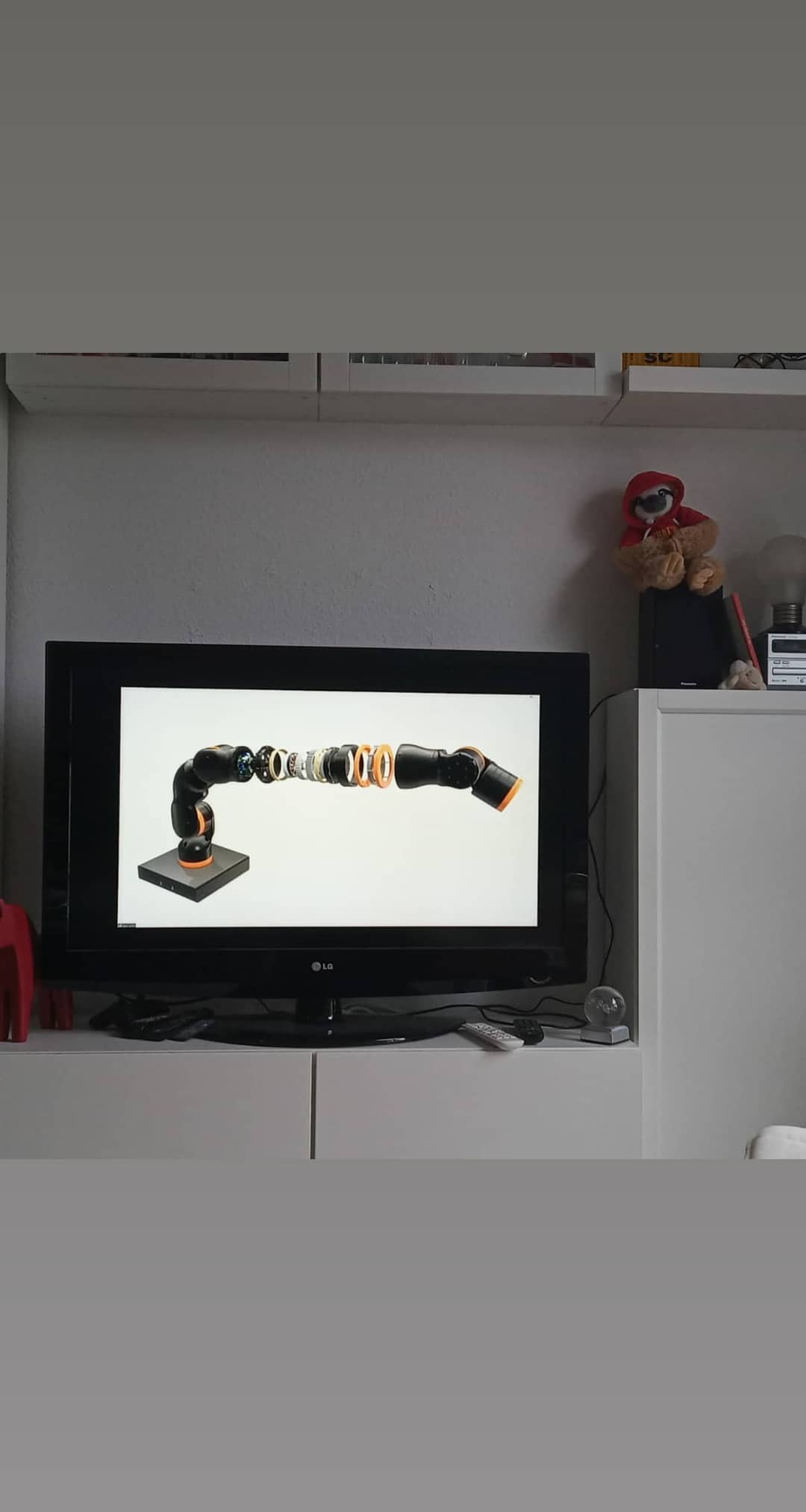

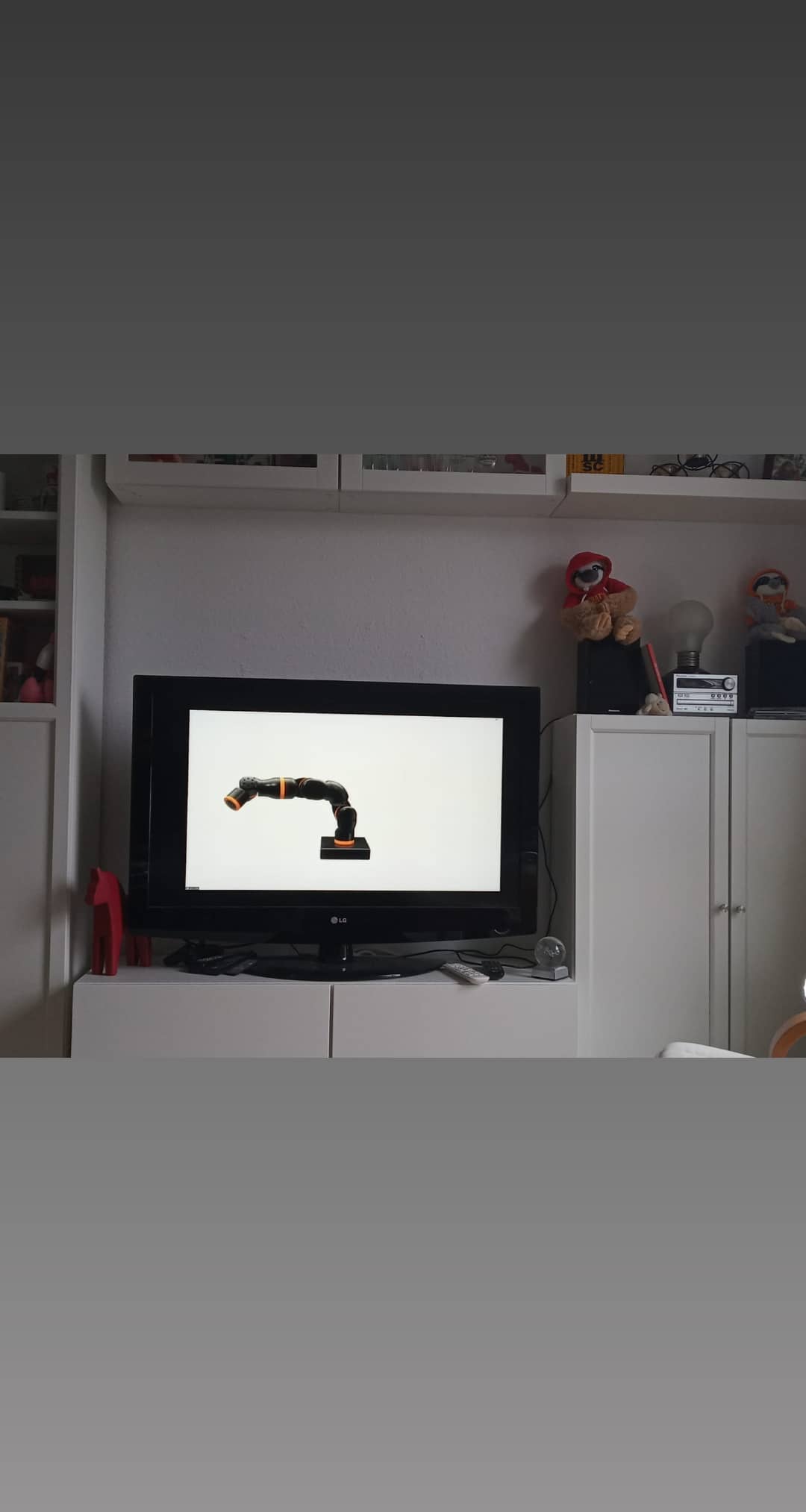

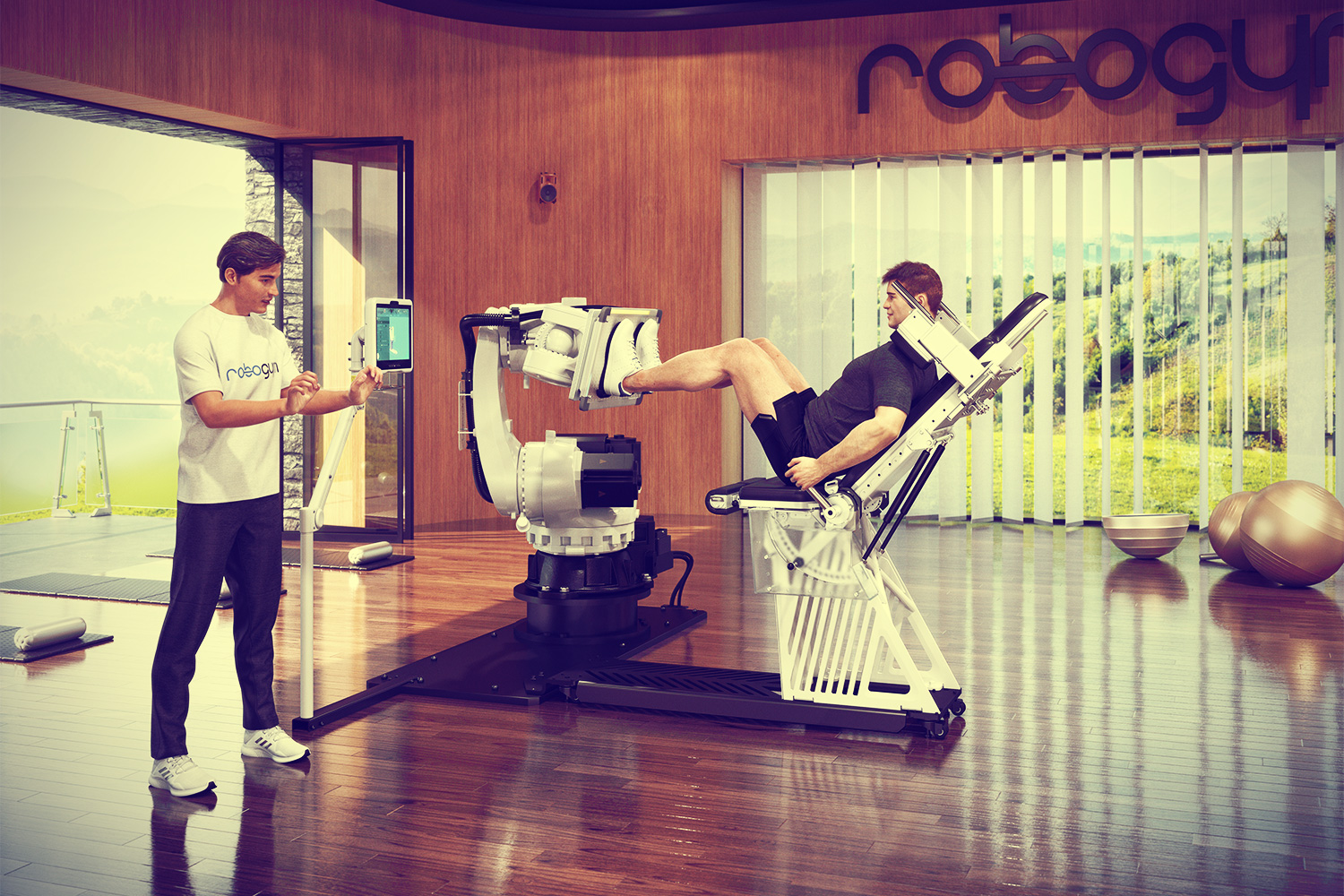 That’s precisely what the RoboGym development team is dealing with, along with similar questions in a research project entitled RoSylerNT, which is being funded by the Federal Ministry of Education and Research. Over the past three years, the experts at RWTH Aachen University, the German Sport University Cologne, and BEC GmbH have jointly developed a multifunctional, robotic weightlifting device that will, on the one hand, help athletes to increase their own performance even further and to shorten the recuperation period following an injury. On the other hand, individual adjustments to the requirements of the person exercising also make it suitable for training in later years in a way that’s gentle on the joints and thus preserves muscle strength and prevents injuries.
That’s precisely what the RoboGym development team is dealing with, along with similar questions in a research project entitled RoSylerNT, which is being funded by the Federal Ministry of Education and Research. Over the past three years, the experts at RWTH Aachen University, the German Sport University Cologne, and BEC GmbH have jointly developed a multifunctional, robotic weightlifting device that will, on the one hand, help athletes to increase their own performance even further and to shorten the recuperation period following an injury. On the other hand, individual adjustments to the requirements of the person exercising also make it suitable for training in later years in a way that’s gentle on the joints and thus preserves muscle strength and prevents injuries.

